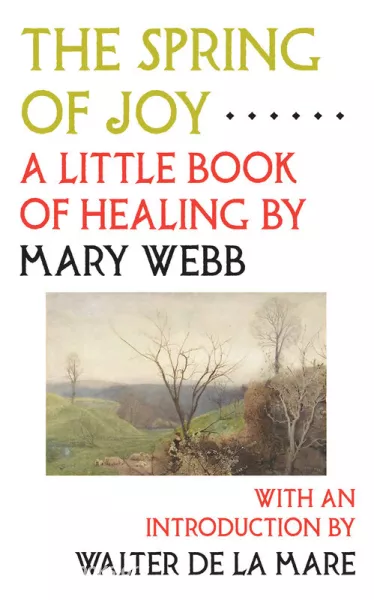
The Spring of Joy: A Little Book of Healing
by Mary Webb
'The Spring of Joy: A Little Book of Healing' Summary
Mary Webb's The Spring of Joy: A Little Book of Healing is a lyrical and inspiring meditation on the power of nature to heal the human spirit. Written in the early 1920s, Webb's book is a timeless reminder of the interconnectedness of all living things and the importance of finding solace and renewal in the natural world.
Webb's book is divided into two parts. The first part, "The Beauty of the World," is a celebration of the natural world in all its forms. Webb describes with exquisite detail the beauty of the flowers, the birds, the trees, and the rivers. She also writes about the importance of silence and solitude in nature.
The second part of the book, "The Healing Power of Nature," focuses on how nature can help us to heal from physical, emotional, and spiritual wounds. Webb writes about how nature can help us to reduce stress, anxiety, and depression. She also writes about how nature can help us to connect with our inner selves and to find spiritual meaning.
Throughout the book, Webb draws on her own personal experiences to illustrate the healing power of nature. She writes about how she found solace and renewal in the natural world during times of great personal hardship. She also shares the stories of others who have been healed by nature.
Webb's book is a powerful reminder that the natural world is a source of great healing and joy. She writes, "The Spring of Joy is always there, even when we cannot see it. It is in the beauty of the world, in the love of our friends, and in the depths of our own hearts."
Themes and Symbolism
The Spring of Joy is a book that is rich in themes and symbolism. One of the central themes of the book is the interconnectedness of all living things. Webb writes, "We are all part of the web of life, and we are all connected to each other." This theme is reflected throughout the book in Webb's descriptions of the natural world and her insights into the human spirit.
Another important theme of the book is the healing power of nature. Webb writes, "Nature is the best healer. She can heal our bodies, our minds, and our souls." This theme is also reflected throughout the book in Webb's personal stories and in her insights into the healing power of silence, solitude, and beauty.
Conclusion
The Spring of Joy: A Little Book of Healing is a beautiful and inspiring book. It is a reminder that the natural world is a source of great healing and joy. Webb's insights are timeless and relevant to people of all ages and backgrounds. If you are looking for a book that will help you to connect with nature, to heal your spirit, and to find joy in the world, then I highly recommend The Spring of Joy.
Book Details
Language
EnglishOriginal Language
EnglishPublished In
1917Genre/Category
Tags/Keywords
Authors

Mary Webb
England
Mary Webb was an English romance novelist and poet of the early 20th century. She was born in Meole Brace, Shropshire, England, on March 25, 1881. Webb's childhood was marked by poverty and illness, b...
Books by Mary WebbDownload eBooks
Unfortunately, no ebooks exist for this book, yet...
Listen/Download Audiobook
- Select Speed
Related books

Life of John Ruskin by William Gershom Collingwood
This book is a comprehensive biography of John Ruskin, a prominent Victorian art critic, social commentator, and writer. It explores his life, career,...
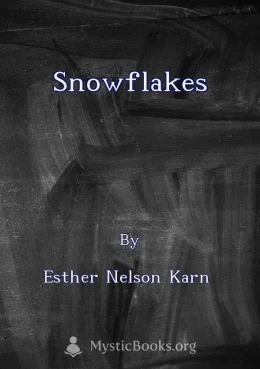
Snowflakes by Esther Nelson Karn
Snowflakes is a collection of poems by Esther Nelson Karn, exploring a wide range of themes and emotions. The poems delve into the beauty and fragilit...
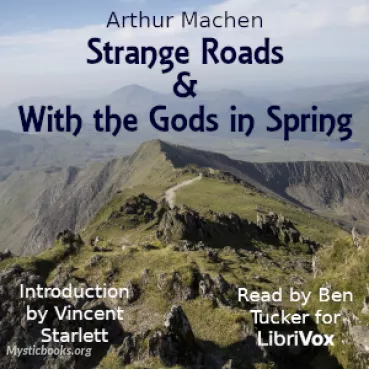
Strange Roads & With the Gods in Spring by Arthur Machen
In "Strange Roads," Machen weaves a haunting tale about a young man who sets out on a journey to uncover the secrets of the mysterious stone circle kn...
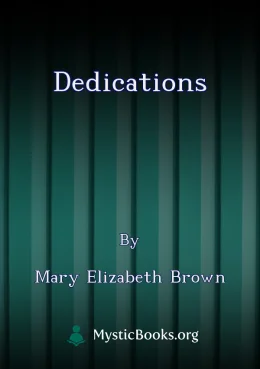
Dedications by Mary Elizabeth Brown
Dedications is an anthology of dedications from the early days of bookmaking to the present day. The author's goal was to create a representative coll...
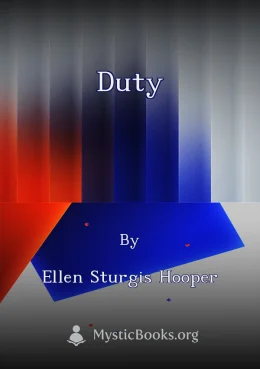
Duty by Ellen Sturgis Hooper
Duty is a collection of poems by Ellen Sturgis Hooper, a prominent figure in the Transcendentalist movement of 19th-century New England. Hooper's poet...
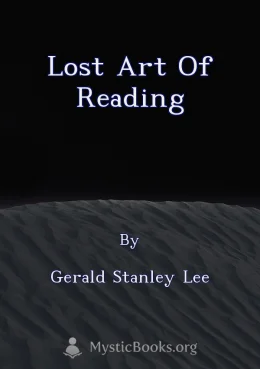
Lost Art of Reading by Gerald Stanley Lee
Gerald Stanley Lee's 'Lost Art of Reading' delves into the impact of rapid industrialization and urbanization on the individual in the early 20th cent...

Fountain by James Russell Lowell
The Fountain is a poem by James Russell Lowell that explores the themes of nature, beauty, and the flow of time. The poem is written in a meditative a...
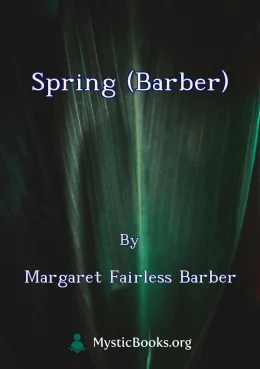
Spring (Barber) by Margaret Fairless Barber
'Spring' is a collection of introspective poems by Margaret Fairless Barber, written under the pseudonym Michael Fairless. The poems explore themes of...

A Christmas Miscellany 2021 by Various
Seven chapters involving Christmas from different books. Plus part 8 which is twelve verses about Christmas and part 9 which is four Christmas carols...

Epistle to Mrs. Tyler by Christopher Smart
Christopher Smart's "Epistle to Mrs. Tyler" is a long, epistolary poem written in 1758. The poem addresses a Mrs. Tyler, who is thought to have been a...
Reviews for The Spring of Joy: A Little Book of Healing
No reviews posted or approved, yet...